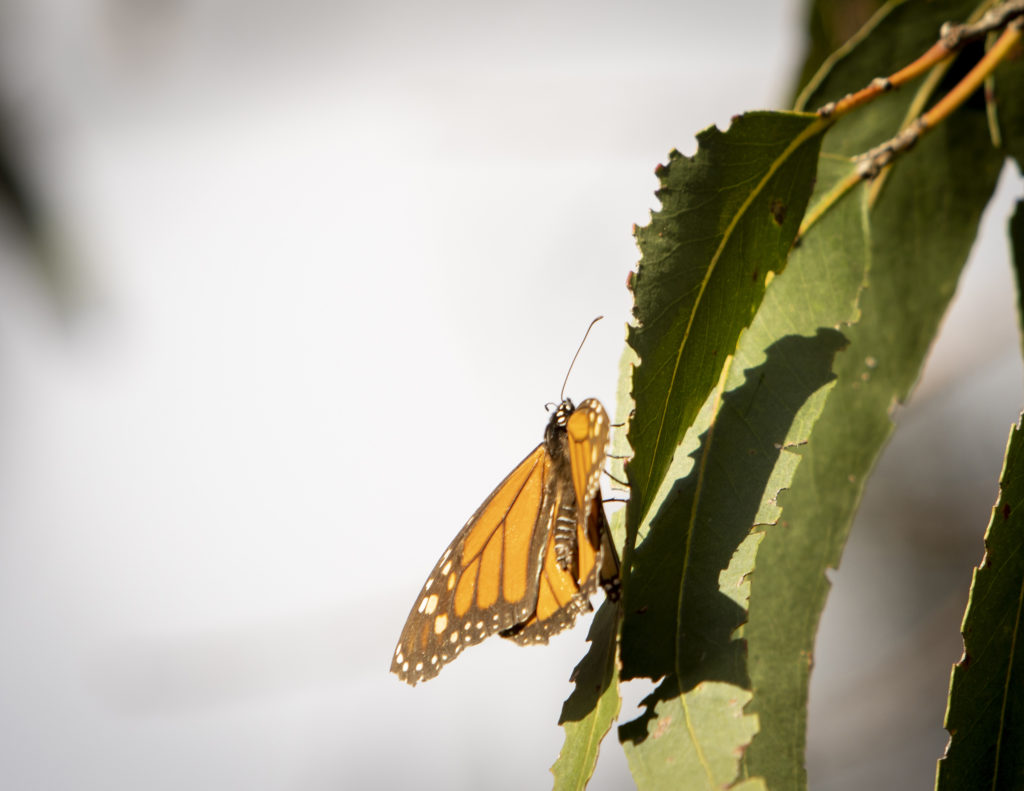Help Monarch Butterflies While You Travel: Here’s the First Stop on a New Trail
Thomas J. Story
You can visit stops along the Western Monarch Trail to learn more about how to help monarch butterflies.
It’s a brisk, early morning in Pismo Beach when the sun begins to break through the eucalyptus branches that tower above a quiet dirt trail. A few people meander up and down the pathway. We’re all waiting for the first rays of light to wake the sleeping monarch butterflies hidden in the trees.
Then, all of a sudden, the chill begins to fade. The air warms. One butterfly starts to flutter above our group of watchful eyes—then two, then three. Soon, a burst of orange and black wings begins to swirl all around us, the scene as magical as a Disney movie. This is Pismo State Beach Monarch Butterfly Grove, an otherworldly oasis on the central California coast that serves as an overwintering site for the beloved Western monarch butterfly.
It’s the first stop on a new multi-state trail established to educate people on how they can help save the species, which has seen significant decline in recent decades. More people are becoming aware of the migration and doing their part to aid in a healthy population. Recent months saw a bit of good news: About 250,000 monarchs overwintered along the West Coast last winter, according to the Xerces Society, which is up from fewer than 2,000 the year before.

Thomas J. Story
There are many ways you can help the butterflies, from planting native milkweed and nectar plants to keeping them migrating (AKA not keeping a monarch as a pet). The folks over at the nonprofit Central Coast State Parks Association wanted to do even more—and help empower others to join in the effort. The Western Monarch Trail was born.
It’s modeled after the nearby Whale Trail, which offers resources at more than 100 whale migration stops up and down the West Coast.
